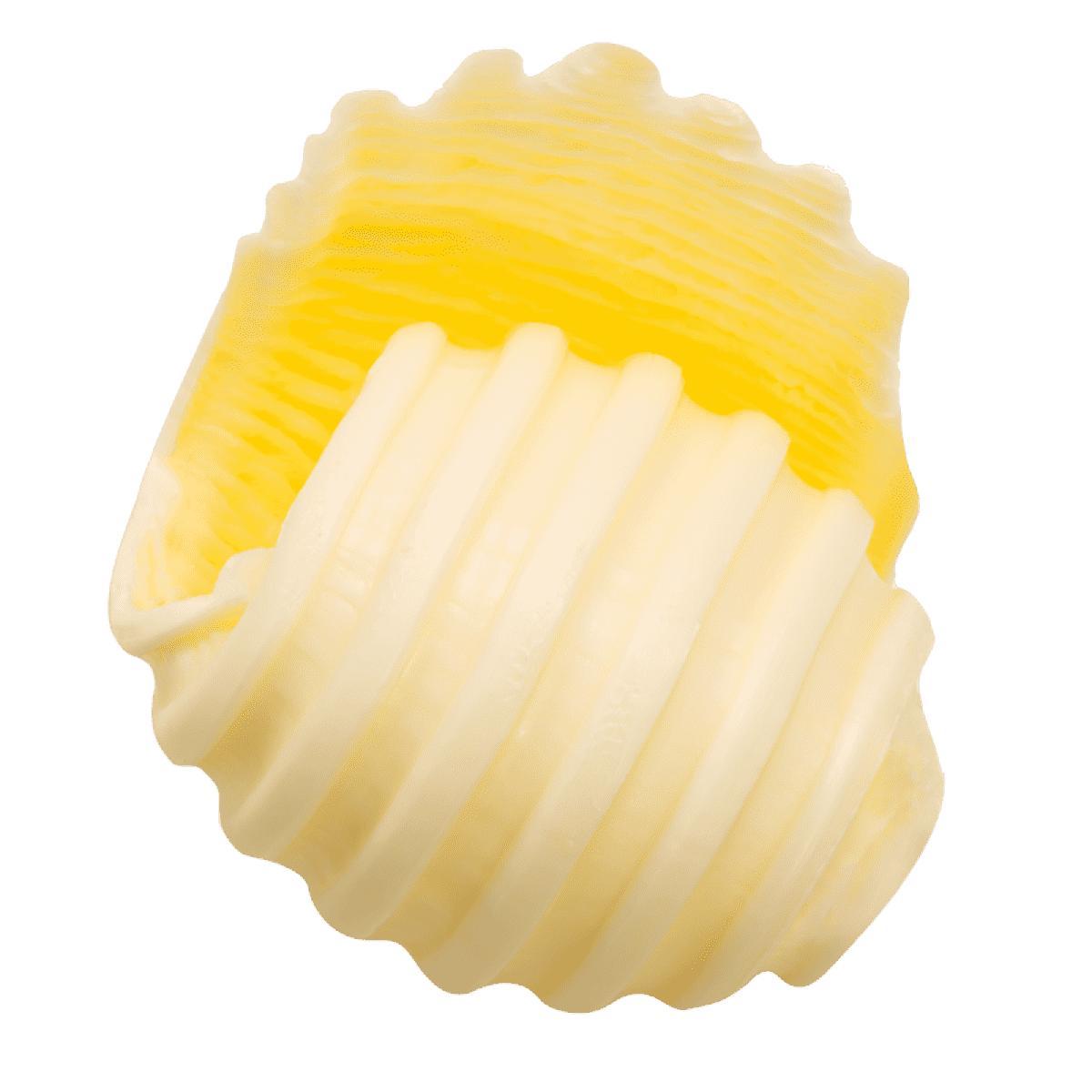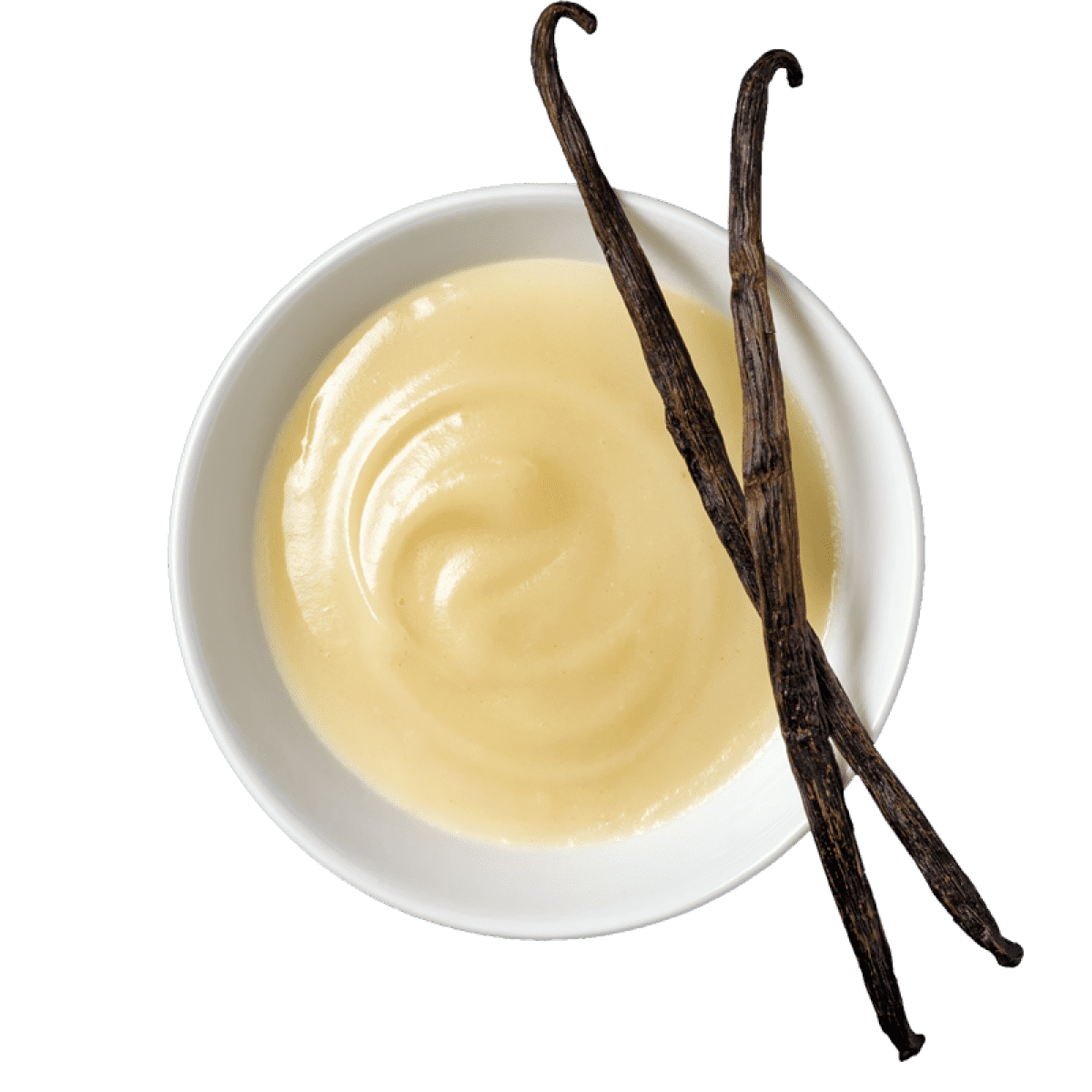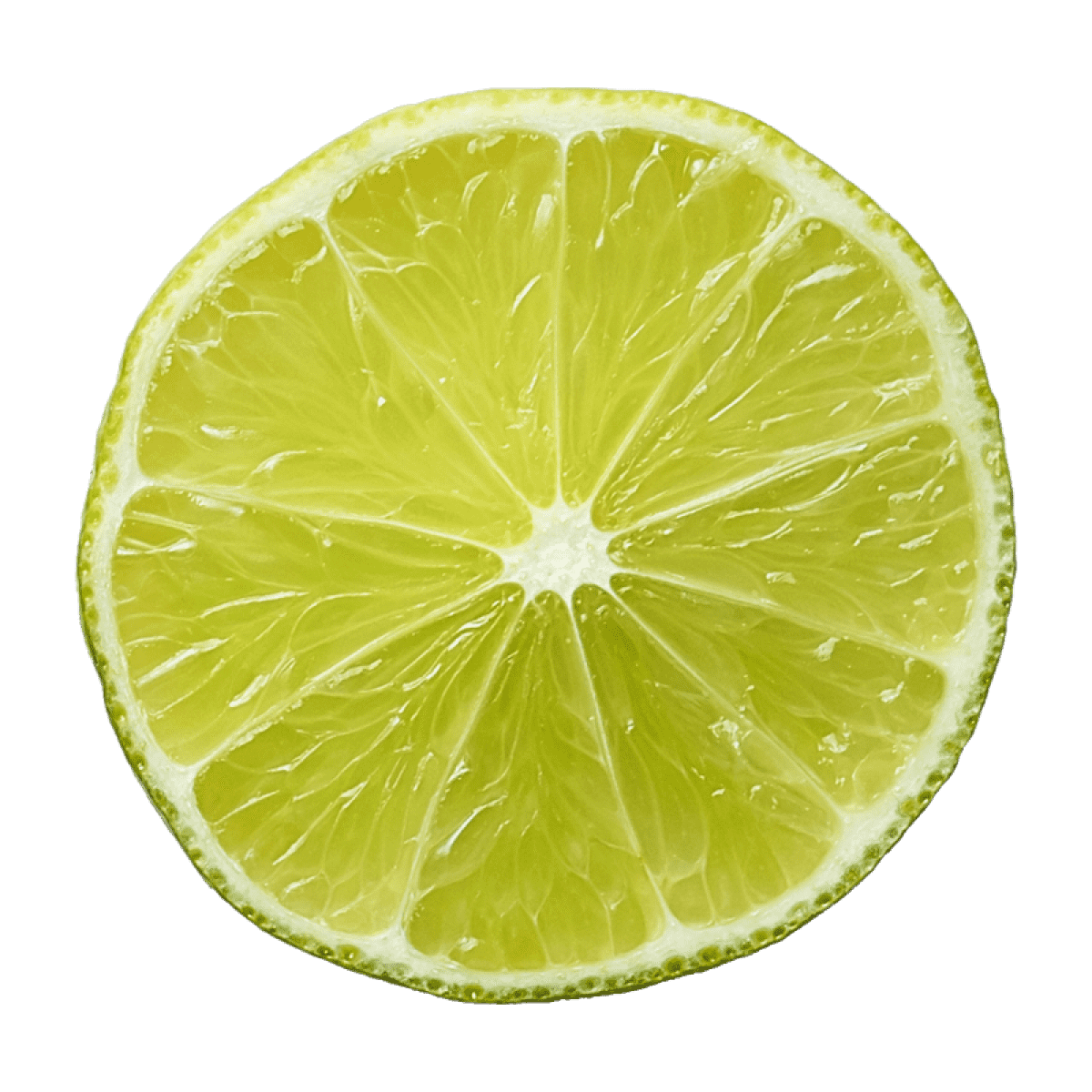Vin blanc de Bourgogne
À savoir
60.5% of Burgundy's overall production is white wine, most of which is Chardonnay.
With more AOCs (Appellations dOrigine Contrôlée) than any other French wine region, Burgundy is a rich tapestry of Grand Crus, Premier Crus and village wines.
The perceptible minerally vein in white and red Burgundies is due to limestone and marl found in Burgundian soil, as much of the region sits atop ancient sea floor.
Burgundy produces a small amount of sparkling wine known as Crémant de Bourgogne.

Quel est le goût de ce style ?
Selon 78 191 articles sur 4 249 vins
Léger
Puissant
Doux
Acide
Sec
Moelleux



- chêne
- beurre
- vanille
- caramel
- caramel écossais
- cèdre
- noix de coco
- noix de muscade
- caramel au beurre
- clou de girofle
- mélange d'épices pour pâtisserie
- pâte à tarte
0 mentions de notes boisé



- agrume
- citron
- citron vert
- pamplemousse
- zeste de citron
- orange
- zeste de citron
- mandarine
- zeste de citron vert
- zeste d'orange
- zeste d'agrume
- citron de Meyer
0 mentions de notes agrume



- pomme
- poire
- pomme verte
- pêche
- melon
- abricot
- pomme jaune
- fruit à noyau
- pêche blanche
- coing
- nectarine
- prune jaune
0 mentions de notes fruit d'arbre fruitier
Cépages
Familiarisez-vous avec ce style
White Burgundy, or Bourgogne Blanc, as it is often called, is made from Chardonnay grown in the Burgundy region of France. The other principal grape grown in Burgundy is Pinot Noir.
Burgundy has had a long love affair with wine, starting around the 1st century AD with the Romans. Later, the Cistercian monks really put Burgundy on the map by crafting wines for the local aristocracy.
Widely viewed as the most terroir-driven of French wines, Burgundy wines, both red and white are made from varieties that easily reflect the soil and climate they are grown in. Like a blank canvas, Chardonnay readily expresses subtle variations from vineyards that are a mere stone's throw from one another, this is part of what makes Burgundy so compelling and so expensive.
As with other regions in France, Burgundy can range in price from expensive to reasonably affordable. Burgundy's vineyard sites have been carefully divided over the centuries into Grand Cru, Premier Cru, village appellations and regional wines (aka Bourgogne blanc).
Some things to keep in mind when selecting white Burgundy: It's more nuanced than New World Chardonnay, this restraint is reflected in the alcohol as well, which often falls between 12.5-13.5%.
Young white Burgundies have aromas of fresh apple and pear, citrus, mineral overtones and sometimes toasted hazelnut notes from barrel aging. Try white Burgundies with delicate seafood dishes, like poached salmon or scallops, roasted chicken or spring vegetables.